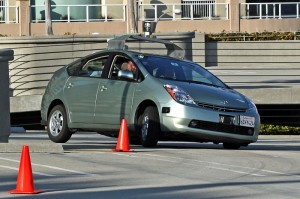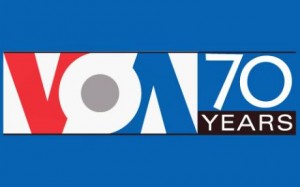Readers Benn and Mike agree with others who’ve commented on the questionable accuracy of the article posted earlier today from Talking Points Memo. Most likely, Toyota’s autonomous vehicle technology system is not based on shortwave (or high frequency) technology. Benn writes:
What may have happened is that Toyota’s media people confused Short Range with Short Wave. Officially the 5.9 GHz system they referred to is called Dedicated Short Range Communications (DSRC). That’s what the FCC named it when they allocated that band.
The FCC is into dry technical facts and not marketing. DSRC is too geek of a term. The government had to come up with a name that sounded more 21st Century, like Apple invented it or something. So it’s now the awesome Dept of Transportation Service Mark called IntelliDrive.
The irony is that an autonomous vehicle system must rely on near-range, or short-range communications; anything long-range wouldn’t make a lot of sense.
It’s too bad it’s not shortwave–! Don’t get me wrong, shortwave isn’t suited to this use. But I like to imagine how good propagation and band openings might affect road traffic. (Perhaps a car in Seattle would tell one in New York local driving conditions???) Plus, on a more serious note, if a vital first-world technology relied heavily upon HF communications, perhaps proper regulations would be put in place to protect our spectrum from the copious amounts of locally-generated RFI we deal with daily…Oh, it’s fine to dream.



 (Source: Voice of America Press Release)
(Source: Voice of America Press Release) (Source:
(Source:  (Source:
(Source: 
